 | In the Field
| In the Field
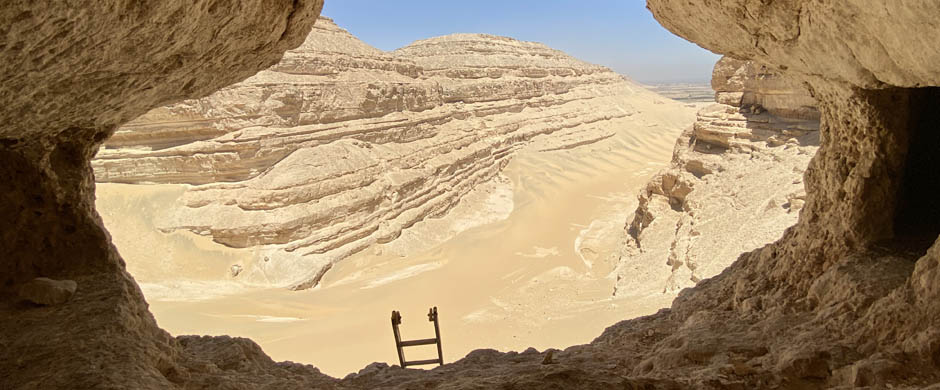
IFA Archaeology Journal
Abydos 2020
The 2020 field season of the Abydos project focused on two main areas: the northern edge of the North Cemetery and one of the monumental royal cult places from Egypt’s early history.
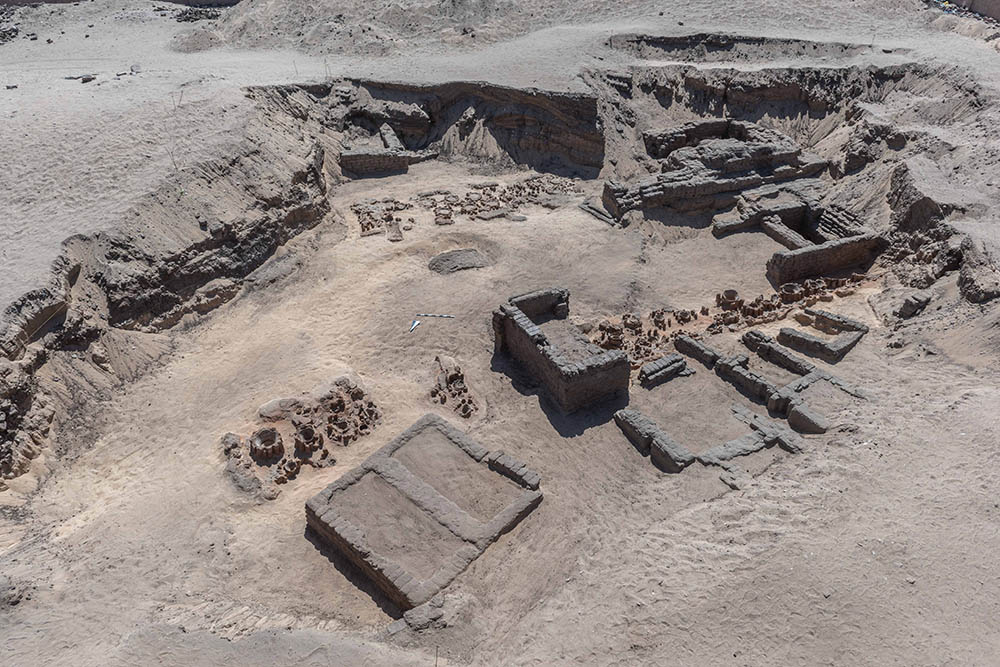 General view of part of the 2020 excavations, a palimpsest of nearly 2000 years of the history of the site: remains of two brewery structures, as well as tombs and chapels of the Old, Middle, and New Kingdoms.
General view of part of the 2020 excavations, a palimpsest of nearly 2000 years of the history of the site: remains of two brewery structures, as well as tombs and chapels of the Old, Middle, and New Kingdoms.Excavations continued on the northern edge of the broad desert terrace known as the North Cemetery. This was the site of a dense cluster of mostly modest tombs of the early Old Kingdom, ca. 2650–2575 BCE, explored in 2018. They represent the first intrusion of the local ancient community onto what had for centuries previously been a sacred and exclusively royal landscape. This year’s work revealed how later generations long maintained a tradition of respect for the monuments of their ancestors. Tombs and offering chapels of first the Middle Kingdom (ca. 2000–1750 BCE) and then the New Kingdom (ca. 1550–1100 BCE) were carefully positioned around and between earlier structures, a pattern that suggests an enduring sense of community identity and of connection to a local past. This long tradition of tomb building and burial in this area ended definitively in Ptolemaic times (ca. 332–30 BCE), when a considerable suburb of houses and streets was established that covered all the earlier remains.
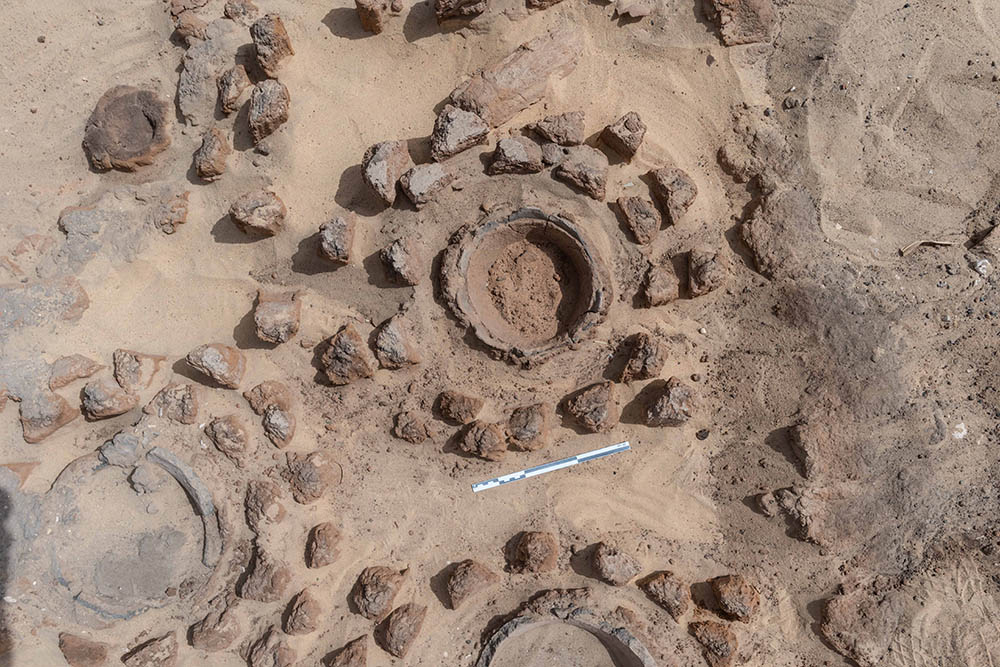 Brewery vat emplacements with the remains of double rings of “fire legs” that originally supported the outsides of ceramic vats.
Brewery vat emplacements with the remains of double rings of “fire legs” that originally supported the outsides of ceramic vats.Excavations also continued of an industrial facility predating the early tombs, which were built directly on its buried remains. This facility, dating to around 3000 BCE, consisted of a series of semi-subterranean structures ca. 20 m long and 2.5 m wide, and each containing two rows of large pottery vats. All displayed extensive evidence of burning. They were used for the mashing, or cooking, stage of beer production. Parts of four structures were investigated in 2018, and two more this year. In one, the remains of 26 vat emplacements were seen, although the original number would have been at least 40 and likely more. All the structures appear contemporary and together constitute a brewery with a huge productive capacity: more than 22,000 liters (5900 gallons) per batch, the equivalent of more than 10,000 daily beer rations for workers on state projects in succeeding periods. It has no known equivalent in early Egypt. The unprecedented scale of production indicates with near certainty that this was a royal facility. The early date makes it roughly contemporary with other royal activity at Abydos in Dynasties 1 and 2 (ca, 3000–2700 BCE), including, significantly, at least eleven monumental ritual structures known as “cultic enclosures.” These have long been a major focus of the project’s work and have produced evidence for the ritual use of beer on a large scale. The enclosures are just a few hundred meters from the brewery site, and it seems likely that it supplied the beer used in them.
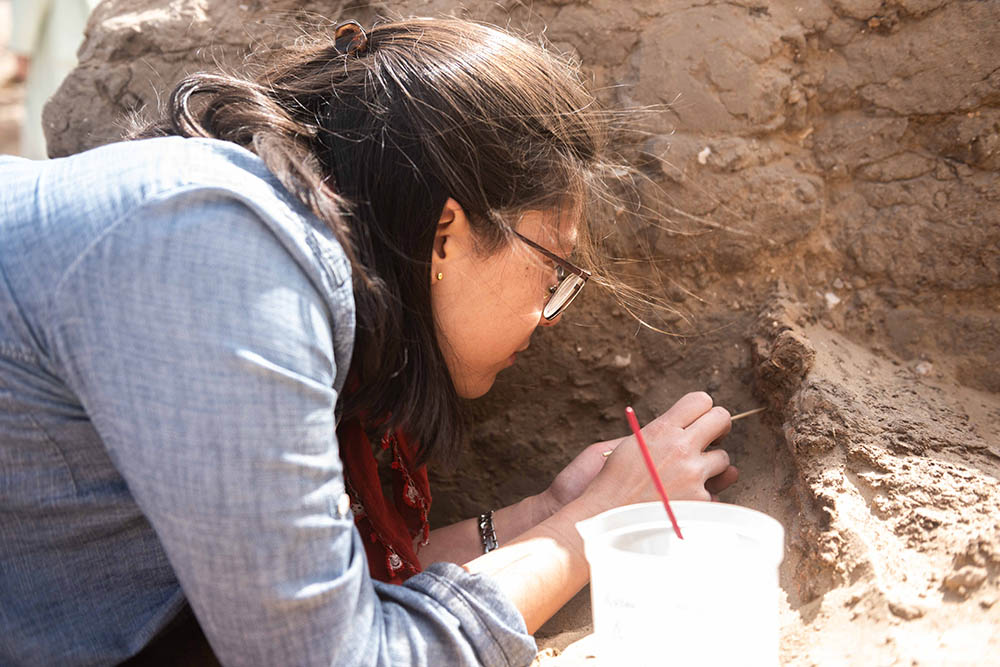 Conservator Sarah Montonchaikul, IFA, consolidating a small wooden coffin of the Middle Kingdom that contained the burial of a child.
Conservator Sarah Montonchaikul, IFA, consolidating a small wooden coffin of the Middle Kingdom that contained the burial of a child.The final component of the 2020 excavations, continuing the investigation of the enclosures, focused on a pair of enigmatic U-shaped structures adjacent to the north wall of the monument of King Peribsen of Dynasty 2 (ca. 2750 BCE). Their unusual shape recalled depictions of early Egypt’s central royal ritual, the heb sed, in which the king ran a course defined by structures of similar shape. Unfortunately, nothing was found to support a heb sed association. However, a Dynasty 2 date is now unequivocal, and traces of an extensive organic deposit hint at a possible function of equal significance. Certainty, however, must await the next season.
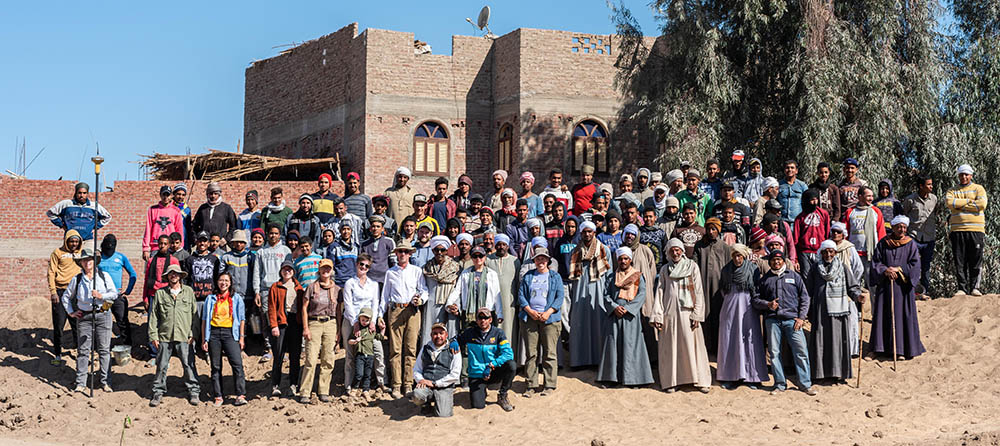 The full 2020 Abydos excavation team
The full 2020 Abydos excavation teamOur Supporters
Aphrodisias
Aphrodisias Sevenler
Derneği, Izmir
Augustus Foundation
Lucien Arkas
British Institute at Ankara
Estate of Katherine F. Brush,
in honor of Christopher Ratte
Craven Fund, Classics Faculty,
Oxford University
Mica and Ahmet Ertegun
Headley Trust
Friends of Aphrodisias, New York
Friends of Aphrodisias Trust,
London
Ömer Koç
Peter Ian Kuniholm
Leon Levy Foundation
Merops Foundation
Lys McLaughlin Pike
Janko Rasic Architects PLLC
Shuffrey Fund, Lincoln College,
Oxford
Murat Ülker and pladis
Geyre Vakfı, Istanbul
Malcolm Hewitt Wiener
Foundation, Inc.
Sanam
The Explorers Club
The Egypt Exploration Society
Samothrace
Mary Lee Baranger
Andria Derstine
ExxonMobil Foundation
Walter G. Lehmann
Lehmann Family Foundation
Loeb Classical Library Foundation
MacDonald Iliad Endowment,
Archaeological Institute of
America
National Endowment for the
Humanities
Nicholas J. Pisaris Foundation
Rush Rehm
James L. Wescoat, Sr
Selinunte
Mary Lee Baranger
Julie E. Herzig and
Robert J. Desnick
Margaret M. Miles
Victoria Newhouse
Samuel I. Newhouse
Foundation, Inc.
Judy and Michael Steinhardt
Alicia Volk and Norman H. Volk
Malcolm Hewitt Wiener
Foundation, Inc.
Institute of Fine Arts Archaeology Fund
Mary Lee Baranger
Pepi Brooks
Ethelyn Adina Gordon
Sharon R. Herson and
Daniel Fleckles
Marsa Laird
A. Floyd Lattin
Jaime L. Neary
Elizabeth A. Oustinoff
Sharon Dunlap Smith
Paul E. Stanwick
Archaeological Conservation Field School
J. M. Kaplan Fund, Inc.
This list includes contributions to the projects received from October 31, 2019 – October 31, 2020.
Contact the Institute
Building Hours
Contact Information
If you wish to receive information on our upcoming events, please subscribe to our mailing list.



